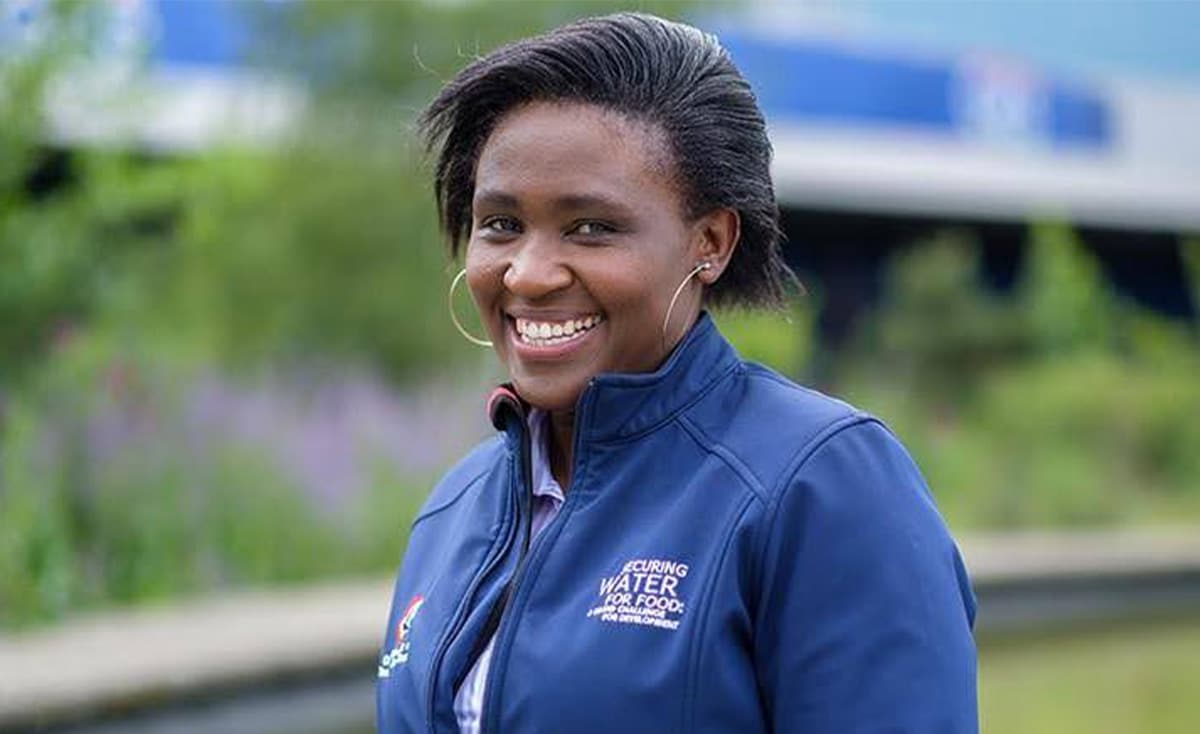
Muthoni Masinde – Inventor of the iTiki Drought Predictor
As South Africa celebrates Women’s Month this August, we would like to take this opportunity to honor the female environmental stalwarts who are leading sustainability, transforming communities and protecting our natural heritage. At formula D_, we draw inspiration from these leaders – women who are at the forefront of design, innovation and science.
Africa is world renowned for its rich biodiversity, wildlife and natural ecosystems. It is therefore not surprising that some of the world’s leading environmental scientists, many of them women, have come from the ‘green continent’.
Restoring Africa’s green corridors
Kenyan Wangari Maathai was the first woman in Central and East Africa to be awarded a PHD (in 1971), but it was her work among the rural people of her region that earned her international accolades, including the Nobel Peace Prize in 2004. In 1977 she founded the Green Belt Movement to teach rural women how to earn a living by planting trees (Maathai, 2010). This project, which she initiated in response to the wholesale deforestation of Kenya, was seen as a threat by rich, land-grabbing politicians. The resistance to her work even landed her in prison where she spent International Women’s Day in 2001! Undeterred, she actively pursued the links between environmentalism, poverty reduction and democratic rights and won a seat in the Kenyan Parliament in 2002 with 98% of the vote in her constituency (Vick, 2020).
In recognition of Wangari’s deep commitment to the environment, the United Nations named her a UN Messenger of Peace in December 2009, and, in 2010, she was appointed to the UN Millennium Goals Advocacy Group that promotes the achievements of the SDGs.
In 2010 she established the Wangari Maathai Institute for Peace and Environmental Studies at the University of Nairobi.
By the time of her death in 2011, her Green Belt Movement had launched branches in 30 countries, planted over 50 million trees and changed the course of forest conservation and reforestation efforts in Africa (Bruton, 2022).
Supporting local farmers with drought prediction technology
Muthoni Masinde grew up in a rural farming community in Kenya where she observed that farmers, including her father and uncles, predicted the weather (especially the threat of droughts). To do this they relied solely on their knowledge of natural ecological cycles, such as when plants bloom, the behaviour of antelope, or changes in the migration patterns of insects and birds. While she acknowledged that these natural signals are useful, she realized that they are not always accurate, so she developed a tool, the iTiki Drought Predictor. This first-in-Africa technology combined traditional knowledge with accurate modern weather prediction data.
She later completed a PhD at the University of Cape Town on her new methodology and then, as Head of the Department of Information Technology at the Central University of Technology in the Free State in South Africa, she perfected it. The ITIKI Drought Predictor is now widely used in South Africa, Mozambique and Kenya and is yielding very promising results as a practical aid that helps rural farmers predict important weather events (Bruton, 2022).
Local agri-innovation out of Limpopo
But let us not forget the contributions made by unheralded small-scale women farmers who use traditional, environmentally friendly methods to control agricultural pests. Rosa Libago, a small-scale farmer in the Limpopo province of South Africa, noticed that CMR beetles were feeding on her bean flowers. To deal with this, she made a concoction of ground beetles mixed with water and poured it onto the flowers. Her homemade bio-pesticide immediately repelled the live beetles and saved her bean crop. Mutshekwa Rosinah, a vegetable farmer from Limpopo, noticed that insects were destroying her harvest of spinach and tomatoes, so she used extracts from the plant Lippia javanica (also used to make mosquito-repellant candles) mixed with water to repel the pests.
Other small-scale farmers in Limpopo have treated diarrhea in chickens using an indigenous herb, Coccinia rehmannii (nku), which has traditionally been used to treat diabetes and high blood pressure in humans. They dissolve one teaspoon of dried, ground nku leaves in 5 litres of water and administer it into their chickens, which effectively controls their diarrhea. Other chicken farmers place pieces of succulent aloe plants in the drinking water of their chickens to control various diseases (Bruton, 2022).
Wangari Maathai and Muthoni Masinde, together with the humble bio-pesticide farmers of Limpopo, deserve international recognition for their contributions to environmentalism. It is these traditional knowledge systems and practices which should be emulated and shared with others to integrate into modern systems. It is important that these lessons continue to be carried through generations and across borders, whether it’s through storytelling or interactive travelling exhibits.
Above this, their humility, determination to achieve their goals against all odds, and their eventual international impact, make them ideal role models for us at formula D_. We salute them.
References
Bruton, M.N. 2022. Harambee. The Spirit of Innovation in Africa. Human Sciences Research Council, Cape Town.
Maathai, W. 2010. The Challenge for Africa. Arrow Books, London.
Vick, K. 2020. Wangari Maathai: Seeding a Movement. Time 16-23 March 2020.



